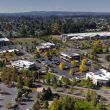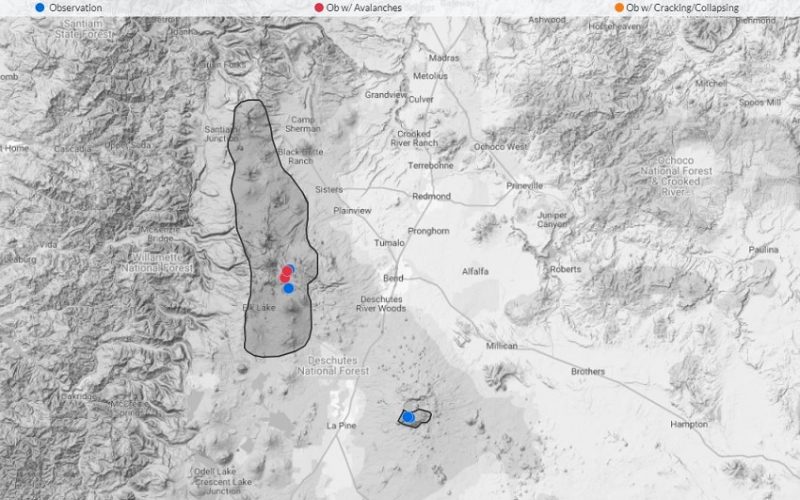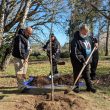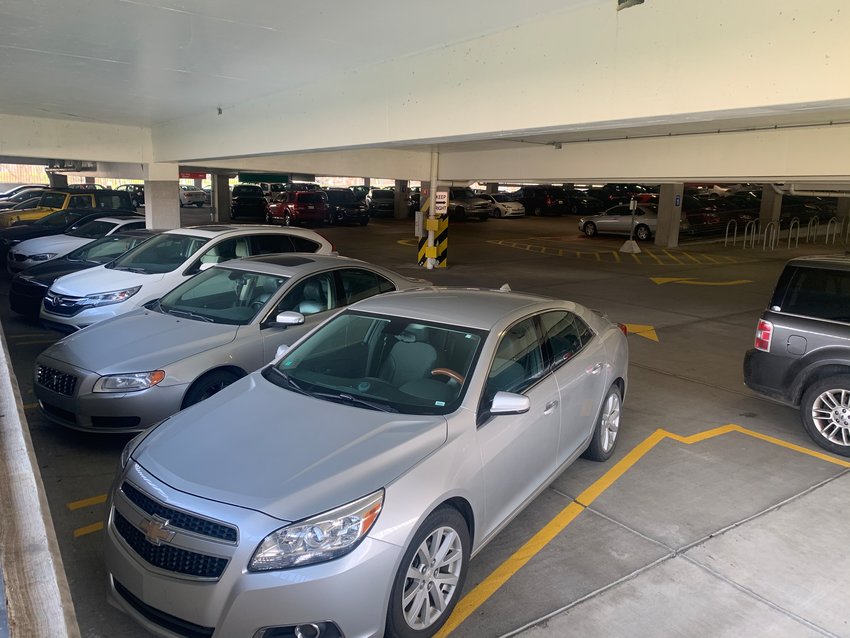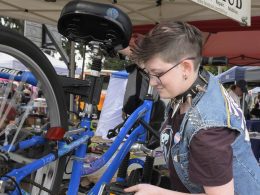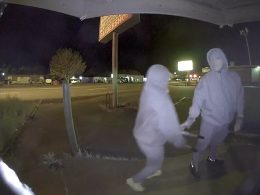Salem, OR – As federal agencies face budget cuts and political uncertainty, nonprofit avalanche centers in Oregon are working tirelessly to provide life-saving avalanche forecasting, despite significant financial hurdles. These centers, which operate independently from state and federal government funding, are finding creative ways to continue their essential work, but they remain vulnerable to the unpredictability of fundraising and sponsorships.
In Oregon, two of the three avalanche centers that offer public avalanche danger information are nonprofit organizations: the Wallowa Avalanche Center and the Central Oregon Avalanche Center (COAC). While many federal employees and agencies are impacted by nationwide budget cuts, these nonprofit organizations have managed to stay afloat by relying on a mix of memberships, grants, and local corporate sponsorships.
“It is a very challenging time,” said Simon Trautman, director of the National Avalanche Center. “We are still in the avalanche forecasting business today, but there is a tremendous amount of uncertainty.”
Trautman, who oversees the National Avalanche Center, emphasized that while the organization’s federal status offers some stability, nonprofit centers face a much more volatile funding environment. COAC, for instance, is primarily funded through community support and corporate partnerships. As its lead forecaster, Gabriel Coler, put it, “We really wanted to be part of the Forest Service because there’s a lot of resources involved. But in the current political climate, I think we are psyched to be a nonprofit.”
The federal agencies that support avalanche forecasting, including the National Oceanic and Atmospheric Administration (NOAA) and the U.S. Forest Service, have seen their budgets slashed in recent years. These agencies provide critical data and tools for avalanche centers, yet both Wallowa and COAC operate without direct state or federal funding.
“We couldn’t do our job without our relationship with them,” said Victor McNeil, executive director of the Wallowa Avalanche Center, referring to the essential tools provided by the National Weather Service office in Pendleton, Oregon.
Despite lacking federal funding, nonprofit avalanche centers like Wallowa and COAC continue to provide daily avalanche forecasts to the public at no charge. Their reports, aimed at backcountry recreationists, offer vital information about avalanche risks in areas ranging from Mount Bachelor to Paulina Peak. In Central Oregon, COAC has been forecasting for 15 years, helping users make informed decisions before venturing into the mountains.
However, financial sustainability remains a major challenge. COAC’s annual budget is around $120,000, and while the center has managed to secure funding through membership programs and corporate sponsors, the forecast center’s leaders believe that additional funding could greatly enhance their ability to expand operations and improve forecasting accuracy. According to COAC’s board president, Bryce Kellogg, a budget closer to $200,000 would allow the center to hire an executive director to help with organizational management.
“We’ve tried not to get out over our skis and do something that we can’t continue doing,” Kellogg said, highlighting the center’s cautious approach to growth.
Local support is essential to the survival of these centers. Bend, Oregon, for instance, has a strong outdoor recreation community that actively supports COAC, both financially and through volunteerism. However, this local support, while invaluable, is not always enough to fully fund the organization’s operations. A small investment from the state of Oregon in avalanche safety could provide significant support for all three avalanche centers serving the state, Kellogg said.
“State investment in avalanche safety, the appropriate level of investment, is probably not zero,” Kellogg emphasized, suggesting that even a minimal state contribution would go a long way toward securing the future of nonprofit avalanche centers.
While uncertainty about funding continues to loom, the work done by nonprofit avalanche centers remains critical in helping backcountry adventurers understand the risks they face. Much like fire danger reports issued by local fire agencies, avalanche forecasts aim to mitigate risk for those who engage in inherently dangerous activities.
As Oregon’s avalanche centers continue to work with limited resources, they are reminded daily of the importance of their services. Yet, without stable and increased funding, these nonprofit organizations may find it increasingly difficult to sustain their vital life-saving work for the communities they serve.

